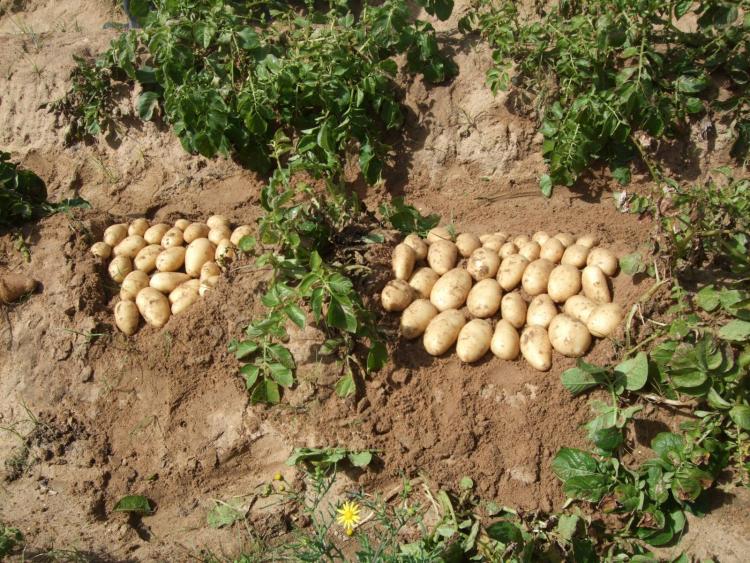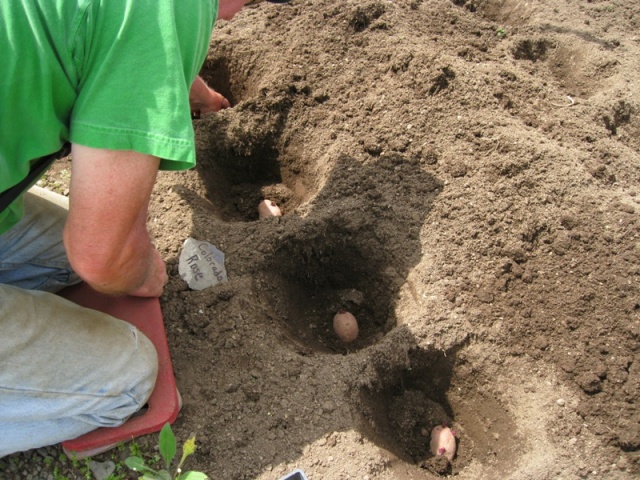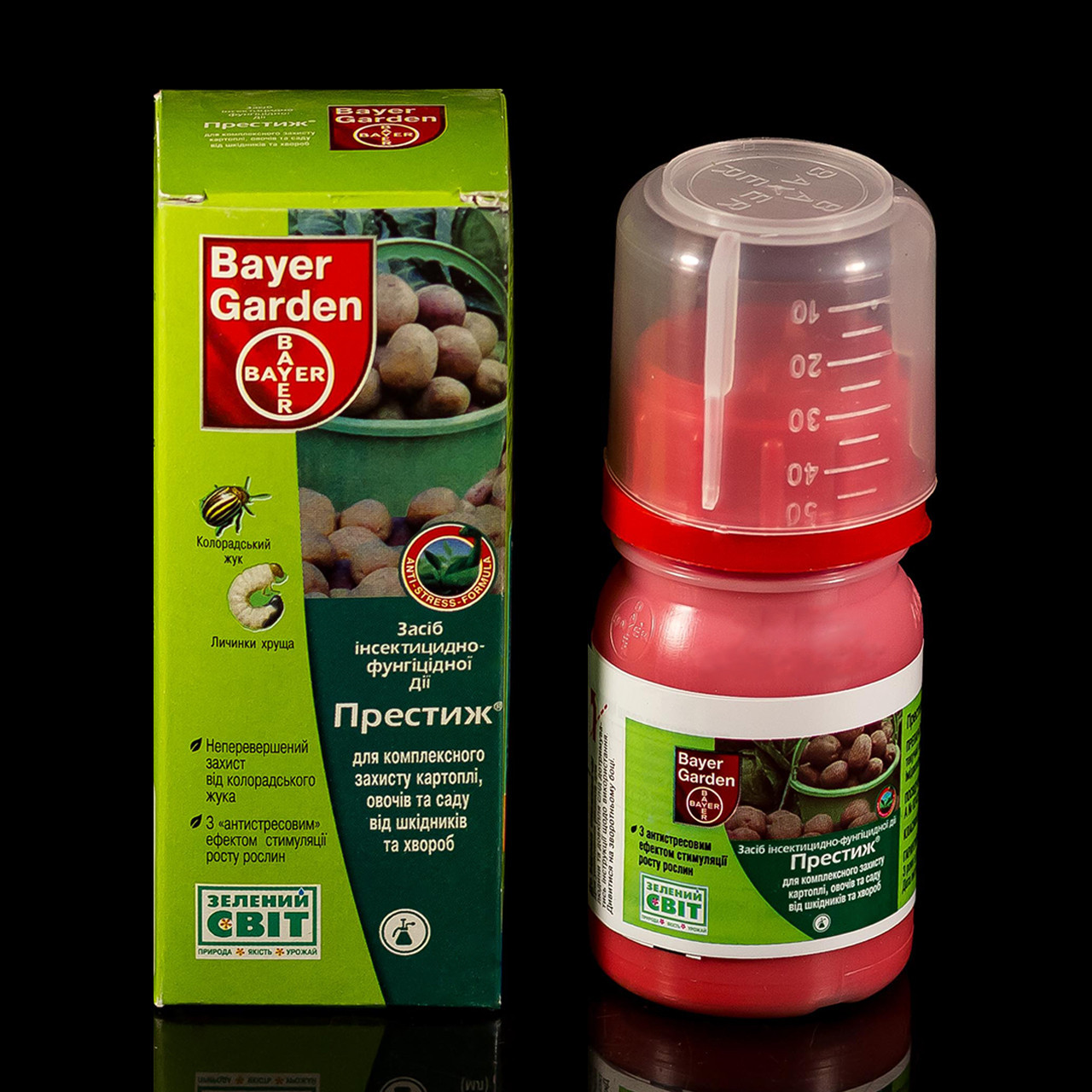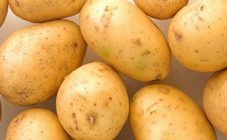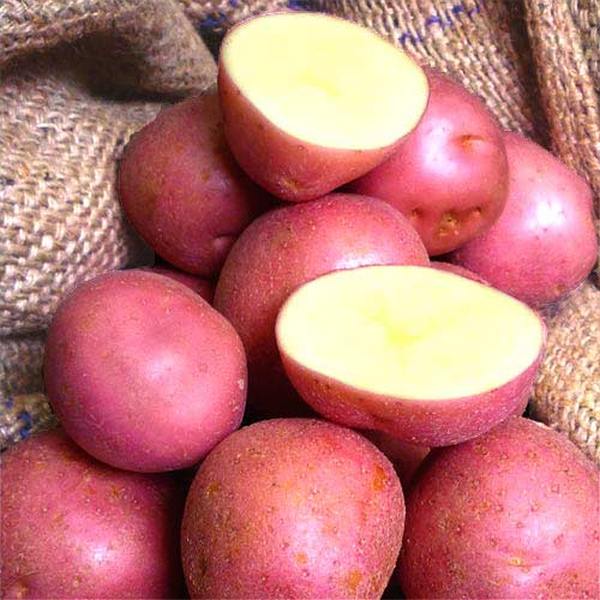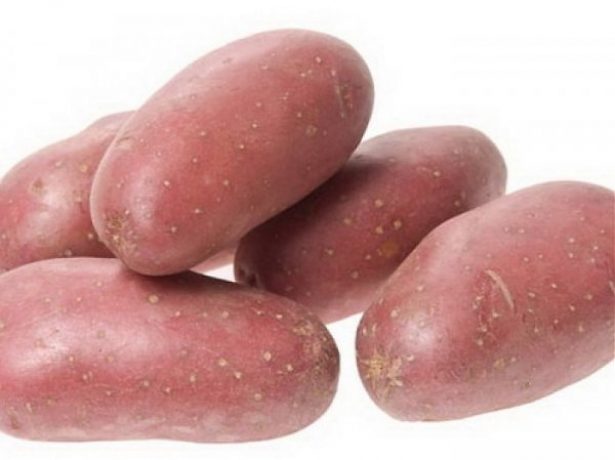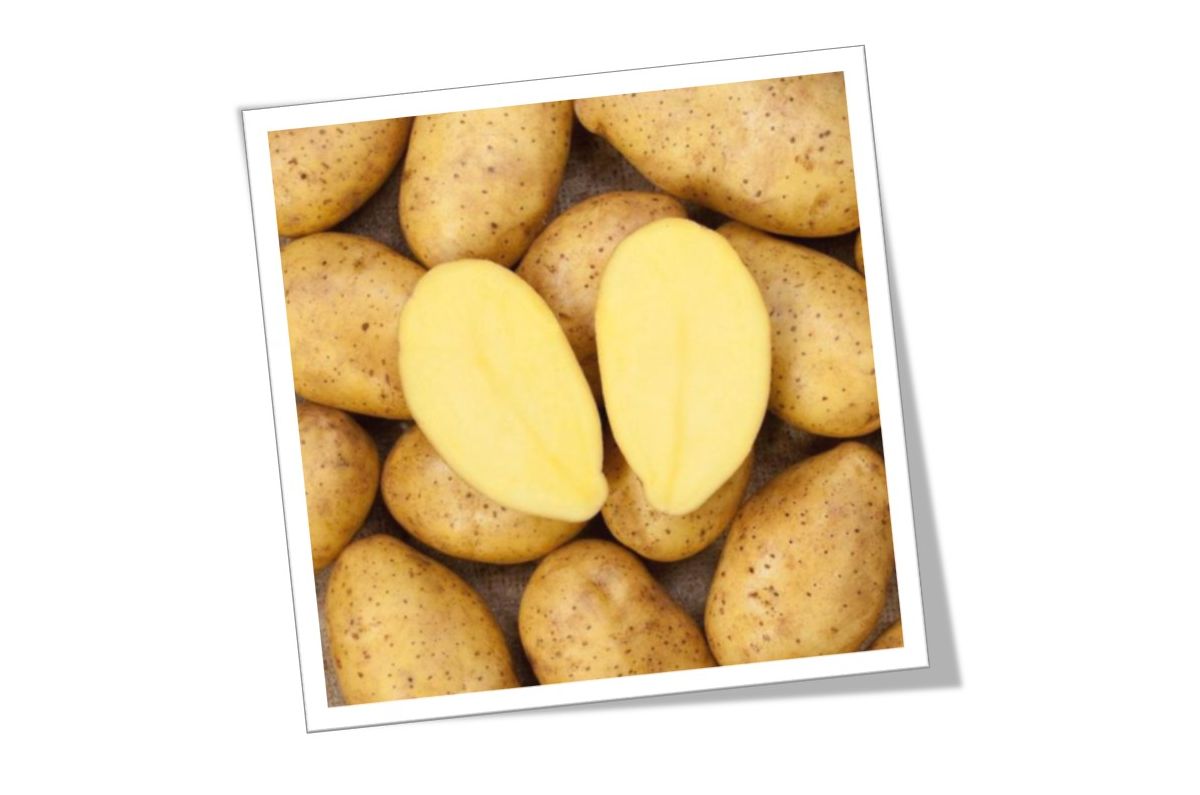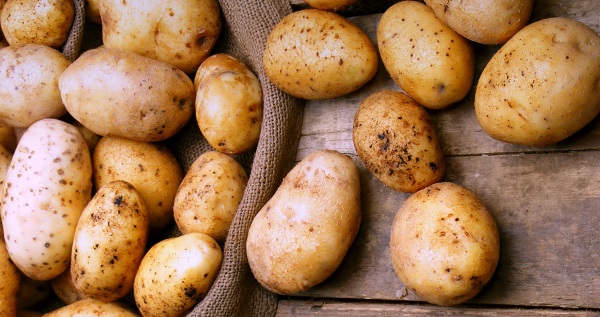Content:
Potatoes are a type of vegetable, tuberous plant of the Solanaceae family. A widespread agricultural crop, one of the most important, is used for food, technical and feed purposes. Potatoes are a favorite and versatile food, it is not for nothing that they call it the second bread. Domestic breeders have bred many different varieties of this culture. The Sorcerer potatoes have good taste characteristics and unpretentious care. The variety was bred by the Research Institute of Agriculture Belogorka of the Leningrad Region and entered in the State Register in 2000. Recommended for cultivation in the Central and Northern regions of Russia. Refers to super-elite varieties.
Groups of varietal varieties of potatoes by maturity
| Groups of varieties | Aging in days |
|---|---|
| Early | 80 – 100 |
| Medium early | 101 – 115 |
| Average | 116 – 125 |
| Mid late | 126 – 140 |
| Late | More than 140 |
Characteristics and description of the potato variety Sorcerer
The Enchantress potato, as it is sometimes called, is a mid-early table variety. It is one of the top ten varieties for growing in home gardens. This hybrid is selected from 3 types of vegetables.
Characteristics of the potato Wizard
- excellent taste properties;
- unassuming to care for;
- drought tolerant;
- not afraid of high humidity;
- easy to transport;
- has good keeping quality;
- resistant to diseases (cancer, late blight);
- resistant to temperature changes;
- susceptible to pest attacks;
- marked by high productivity.
Description of potato Wizard
The bush is medium, spreading, with erect stems. The height of the bush reaches 60 cm. The leaves are smooth, light green in color, 15 cm long, without characteristic waviness at the edges. The color of the corollas is milky white. A well-developed root system, respectively, a lot of tubers. The number of tubers in a bush is from 12 to 15 pcs. Root crops are oval in shape and weigh up to 120 g. The peel of the potato is thin, smooth, light yellow in color, with small, not deep, white eyes. The texture is dense with a creamy shade. The starch content reaches 12-15% (slightly higher than that of other varieties).
The growing season is 80-90 days. Possible 2 single planting for 1 season. The yield ranges from 270 to 350 kg / ha.
Agrotechnics
Minimum costs and maximum yield is the dream of everyone who grows potatoes. To obtain a good result, you must observe the following technological methods.
Site selection and preparation
These potatoes are planted on any soil. The site for planting is prepared in the fall. First, they are cleared of debris, plant debris and weeds. To increase yields, deep plowing (digging) is recommended - up to 30 cm with overturning of the layer.
It is undesirable to have neighbors such as tomatoes, cucumbers, peas, pumpkin and celery next to potatoes.It coexists well with crops such as onions, cabbage, corn, and beans.
Desirable and Undesirable Precursors of the Potato Wizard
| Successful | Unsuccessful |
|---|---|
| legumes | tomato |
| cabbage | sunflower |
| cucumbers | potatoes |
| cereals | pepper |
| pumpkin | eggplant |
| bow | sorghum |
| zucchini | beet |
| siderates | carrot |
Fertilization is carried out before the autumn or spring digging of the garden. The following fertilizers are used:
- potassium salts;
- saltpeter, urea;
- manure, humus;
- sowing green manure.
The use of siderates (green fertilizers) replaces the application of organic fertilizers. They sow the site after harvesting. When the shoots reach 25 cm, they are buried in the soil with a shovel. This procedure improves the structure of the soil, enriches it with nitrogen and suppresses the growth of weeds. As siderates are used:
- Legumes (beans, peas, soybeans, clover, chickpeas, alfalfa, vetch, sweet clover);
- Cereals (oats, rye, wheat, barley);
- Cruciferous (white mustard, rapeseed, oil radish, rape);
- Buckwheat crops.
In the spring, when the earth thaws and dries up, it needs to be loosened again to retain moisture in it. Insufficiently loose soil does not allow the root system to develop normally. When the ground is completely thawed, it is advisable to dig it up again to the depth of the shovel and immediately level it with a rake. This vegetable loves loose soil.
For convenience, the rows are marked with a stretched cord or marker. If the landing is done on an inclined terrain, then the rows are marked across the slope. This will retain moisture and nutrients.
When the soil warms up to 6-10 degrees, you can start planting root crops. Given the region, the landing date ranges from late April to early May. According to folk signs, this time comes when the bird cherry blossoms, or the birch will release the first leaves.
The optimal scheme for planting potatoes is 35 by 60 cm. Taking into account the peculiarities of the Sorcerer potato variety, this distance can be increased by 5 cm. It is not advisable to reduce the distance, this will complicate the care of the plants. The planting depth of tubers is 10-15 cm.
Preparing tubers for planting
Seed potatoes Wizard for planting must be prepared in advance. It will take 2 to 4 weeks to get ready. The potatoes are preliminarily placed in a warm (12-15 degrees), lighted and well-ventilated room. The tubers should sprout during this time. It is possible to activate germination with the help of growth stimulants ("Mivalom") or elementary moisturizing of root crops.
Tubers, the size of a chicken egg, are selected as material for planting. Large ones can be cut horizontally so that each part has at least 3 germinated eyes. It is recommended to treat the sections with ash to avoid the formation of rot. The use of small planting material can lead to a poor harvest. But, when using healthy, undamaged, with strong shoots of small potatoes and with good care, there is the possibility of obtaining a large harvest.
Before planting, it is useful to process the potatoes with trace elements. This manipulation will promote disease resistance, increase yields and ensure the accumulation of vitamin C. The solution can be made independently. To prepare a mixture for 10 kg of planting material, the following are used:
- boric acid - 0.5-0.6 g;
- manganese sulfate - 0.3-0.6 g;
- copper sulfate - 0.4-0.8 g;
- water - 1 l.
Cover the tubers treated in this way for several hours with burlap.
You need to handle potato planting material carefully, trying not to damage the seedlings, otherwise the seedlings will not appear soon.
Before planting, you can still treat the roots with special protective agents against the Colorado potato beetle and other pests. You can buy them at specialized stores.These products create a long-lasting protective film on the tuber. Dry well and you can start planting.
Care advice
The first weeding can be carried out when all the seedlings appear, so as not to damage the underground shoots. After weeding, it is advisable to water. After two weeks, they start hilling. If the weather is dry, grooves can be formed between the rows for convenient watering. They will retain water.
The sorcerer does not need a second hilling. But it does not hurt to once again loosen the soil near the bushes. This will contribute to the enrichment of the fruit with nutrients and will help the tubers grow large.
If a sufficient amount of fertilizer has been applied before planting, then feeding the Sorcerer is not necessary. It is only necessary to water on time, get rid of weeds and loosen the ground.
Pest control
The Sorcerer's strong immunity protects him from such common potato diseases as late blight and cancer. The danger is the golden nematode worm. Correct crop rotation will help avoid this scourge. The best chemical agent is Nematorin. It is introduced into the soil before planting. The most stubborn pests of any potato are insects: the Colorado potato beetle, bear and wireworm. Chemicals to combat them are updated annually.
Storage
When laying a crop for storage, you need to adhere to several rules:
- Drying of root crops;
- Culling damaged vegetables;
- The storage room must be dry and free of mold;
- Storage temperature - no more than + 3 degrees;
- Room humidity - 70-80%.
Advantages and disadvantages of the variety
The sorcerer is notable for the following positive traits:
- resistant to natural disasters (drought, torrential rains, frosts);
- good presentation, which is almost not lost after long-term storage and transportation;
- not susceptible to diseases (late blight and potato cancer);
- consistently brings a good harvest;
- has a good, slightly sweet taste.
The disadvantages of the Sorcerer include his susceptibility to insect attacks (golden potato cyst nematode, Colorado potato beetle, bear, potato moth and wireworm).
The sorcerer is a potato that does not have any pronounced features in comparison with other varieties of potatoes. Nevertheless, its reliability, excellent taste, resistance to drought, excessive moisture and dangerous diseases help it to be in the group of leaders among its fellows. The surplus of a vegetable can always be sold, given the quality of its presentation and the ease with which it transfers any transportation.
